Best Finch Bird Feeders: How To Attract These Heartwarming Birds
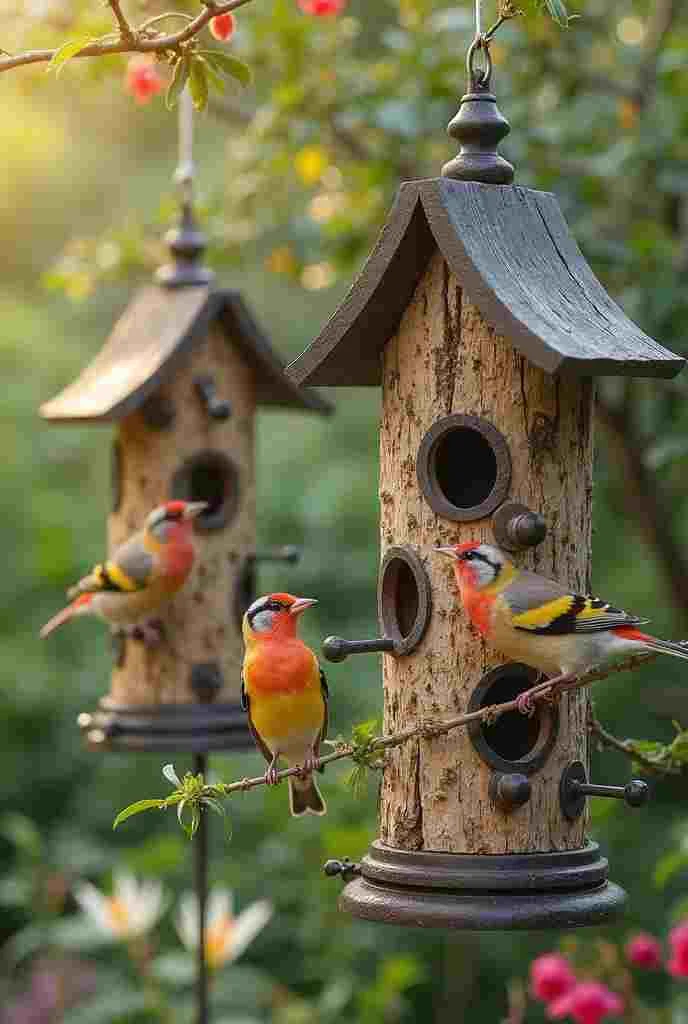
Are you looking to add a splash of color and cheerful activity to your garden? Finch bird feeders offer the perfect solution for attracting these vibrant, lively birds to your outdoor space. As small songbirds with beautiful plumage and delightful chirping, finches can transform any backyard into a natural paradise. In this comprehensive guide, we’ll explore everything you need to know about finch bird feeders, from selecting the right type to maintaining them for years of bird-watching enjoyment.
Table of Contents
Why Attract Finches to Your Yard?
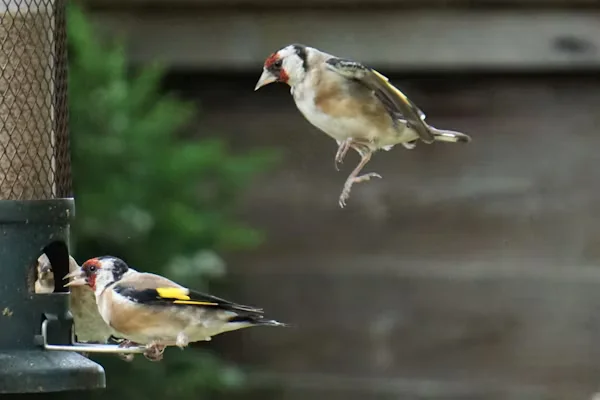
Finches are among the most beloved backyard birds for several compelling reasons:
- Vibrant Colors: From the bright yellow of American Goldfinches to the rosy hues of House and Purple Finches, these birds bring natural beauty to your space
- Year-round Presence: Many finch species remain in the same area throughout the year, providing consistent entertainment
- Low Maintenance: Finches primarily eat seeds, making them easier to attract than insect-eating birds
- Cheerful Songs: Their melodious chirping creates a peaceful atmosphere in your garden
- Educational Value: Perfect for teaching children about nature and bird behavior
By investing in proper finch bird feeders, you’re not only enhancing your outdoor experience but also providing essential resources for local bird populations.
Types of Finch Bird Feeders: Finding Your Perfect Match
When it comes to feeding finches, not all feeders are created equal. The most effective finch bird feeders are designed specifically with these small birds’ feeding habits in mind.
Tube Finch Feeders
Tube feeders are among the most popular and effective options for attracting finches. These cylindrical feeders feature multiple feeding ports and perches along their length.
Pros:
- Hold substantial amounts of seed
- Protect seed from weather
- Allow multiple birds to feed simultaneously
- Easy to clean and refill
- Often include squirrel-deterrent features
Cons:
- May be accessible to larger, more aggressive birds
- Can be more expensive than simpler options
Best For: Year-round feeding and attracting multiple finch species, especially when filled with Nyjer seed.
Mesh or Screen Finch Feeders
These feeders feature a fine metal mesh that allows tiny Nyjer seeds to be dispensed only when finches cling to the surface and pull them through.
Pros:
- Specifically designed for finches’ feeding style
- Reduce seed waste
- Discourage larger birds
- Allow finches to feed from all angles
Cons:
- Hold less seed than tube feeders
- May be harder to clean thoroughly
Best For: Exclusively attracting finches while minimizing competition from larger birds.
Sock or Mesh Bag Finch Feeders
These flexible mesh bags filled with Nyjer seed are perhaps the simplest option for feeding finches.
Pros:
- Inexpensive
- Extremely easy to set up
- Allow multiple finches to feed simultaneously
- Conform to finches’ natural feeding position
Cons:
- Less durable than hard-sided feeders
- More exposed to weather
- Need more frequent replacement
Best For: Temporary or seasonal finch feeding, or as a supplement to more permanent feeders.
Hopper Finch Feeders
While not exclusively for finches, hopper feeders can attract these birds when filled with appropriate seed.
Pros:
- Hold large quantities of seed
- Protect seed from weather
- Attract a variety of birds
Cons:
- May attract unwanted larger birds and squirrels
- Less specialized for finches’ needs
Best For: Mixed bird feeding stations where you want to attract finches along with other species.
Choosing the Right Finch Bird Feeder: Key Considerations
Selecting the best finch bird feeder depends on several important factors:
Material Quality
Look for feeders made from durable, weather-resistant materials:
- UV-resistant plastics: Won’t fade or crack in sunlight
- Powder-coated metal: Resists rust and corrosion
- Recycled plastic: Environmentally friendly and highly durable
Size and Capacity
Consider how frequently you want to refill:
- Small feeders (holding 1-2 cups): Need frequent refilling but stay fresher
- Medium feeders (holding 2-4 cups): Good balance of capacity and freshness
- Large feeders (holding 4+ cups): Require less frequent refilling but ensure seed doesn’t spoil
Squirrel-Proofing Features
Prevent frustrating seed theft with:
- Cages: Surround the feeding area with mesh that allows finches in but keeps squirrels out
- Baffles: Physical barriers that prevent climbing access
- Weight-sensitive perches: Close access when heavier animals attempt to feed
Ease of Cleaning
Regular cleaning is essential for bird health:
- Look for feeders that disassemble easily
- Avoid complicated designs with hard-to-reach corners
- Dishwasher-safe components are a plus
The Best Seed for Finch Bird Feeders
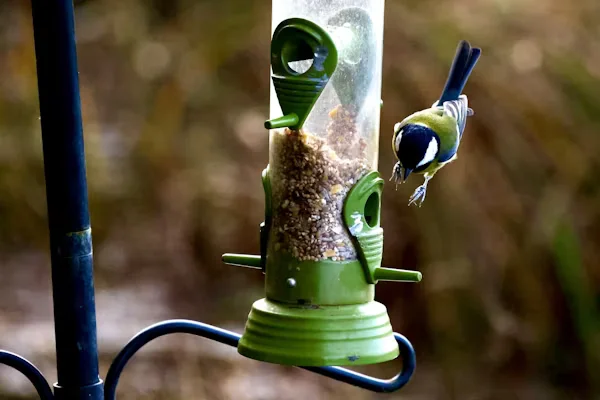
The right seed makes all the difference when attracting finches to your feeders.
Nyjer (Thistle) Seed
This tiny black seed is the gold standard for feeding finches.
- Highly attractive to goldfinches, house finches, pine siskins, and other finch species
- High in oil content for excellent nutrition
- Small size makes it perfect for finches’ small beaks
- Less attractive to squirrels and larger birds
Sunflower Chips or Hearts
These hulled sunflower seed pieces are excellent for attracting finches.
- No shells means less mess under feeders
- Nutritionally rich and attractive to many finch species
- Easier to eat than whole sunflower seeds
Finch Seed Mixes
Quality commercial mixes specifically formulated for finches can provide dietary variety.
- Look for mixes containing primarily Nyjer seed and sunflower chips
- Avoid mixes with excessive filler seeds like milo or cracked corn
- Consider mixes with added fruit pieces for house finches, which enjoy fruit in their diet
How to Attract Finches to Your Feeders
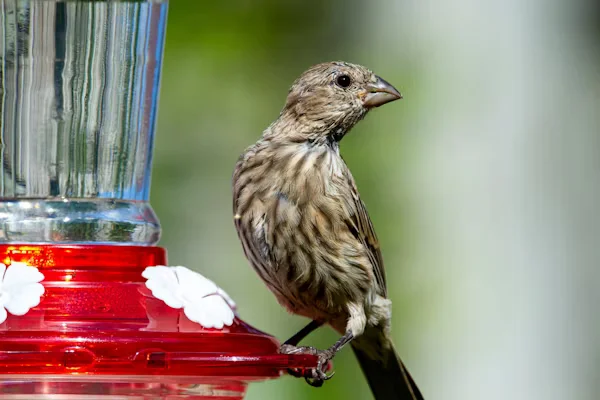
Setting up finch bird feeders properly is key to success:
Strategic Placement
- Position feeders near trees or shrubs that provide shelter and perching spots (about 10-12 feet away)
- Place feeders at varying heights, with some at eye level and others higher
- Ensure feeders are visible from your favorite viewing spot
- Consider placing feeders near flowering plants that naturally attract finches
Adding Water Sources
Finches, like all birds, need water for drinking and bathing.
- Install a birdbath near your feeders
- Consider adding a small fountain or dripper for moving water, which birds find irresistible
- Keep water sources clean and fresh
Creating a Complete Habitat
- Plant native finch-friendly plants like coneflowers, sunflowers, and thistles
- Provide nesting materials in spring (small pieces of string, cotton, or specialized nesting material holders)
- Include dense shrubs for shelter from predators and harsh weather
Cleaning and Maintaining Finch Bird Feeders
Regular maintenance prevents disease and keeps birds healthy:
Cleaning Schedule
- Every two weeks: Basic cleaning during dry weather
- Weekly: During humid or rainy periods
- Immediately: If you notice moldy seed or sick birds
Proper Cleaning Process
- Empty the feeder completely, discarding old seed
- Disassemble as much as possible
- Soak in a solution of 1 part bleach to 9 parts water for 10-15 minutes
- Scrub with a bottle brush to remove stubborn debris
- Rinse thoroughly with clean water
- Air dry completely before refilling
Seasonal Maintenance
- Spring: Deep clean all feeders and check for winter damage
- Summer: Monitor for mold growth during humid periods
- Fall: Prepare feeders for increased winter activity
- Winter: Keep feeders full during cold periods when natural food is scarce
Troubleshooting Common Finch Bird Feeder Problems
Even with perfect setup, issues can arise:
Empty Feeders Despite Efforts
Possible causes:
- New feeders need time for birds to discover them (be patient!)
- Seed may have gone stale or moldy
- Nearby predators may be scaring birds away
Solutions:
- Add a small amount of seed to the ground below new feeders to attract attention
- Replace seed regularly, especially during humid weather
- Move feeders to more protected locations
Squirrel Interference
Possible causes:
- Feeder placement allows easy access
- Inadequate squirrel-proofing measures
Solutions:
- Mount feeders on poles with baffles
- Position feeders at least 10 feet from jumping points
- Consider specialized squirrel-proof feeders
- Try safflower seed, which most squirrels avoid
Aggressive Larger Birds
Possible causes:
- Feeder design accommodates larger species
- Attractive seed mix for non-finch species
Solutions:
- Use specialized finch feeders with small perches
- Offer Nyjer seed, which larger birds generally ignore
- Install separate feeders for larger birds to reduce competition
Recommended Finch Bird Feeders for Different Needs
While we don’t endorse specific brands, here are the types of feeders that excel for particular purposes:
Best for Goldfinches
Look for tube feeders specifically designed for Nyjer seed with multiple ports and small perches.
Best for Mixed Finch Species
Consider a combination of tube feeders for Nyjer seed and tray or platform sections for sunflower chips.
Best for Squirrel-Prone Areas
Invest in weight-activated feeders that close when anything heavier than a finch attempts to feed.
Budget-Friendly Options
Mesh sock feeders offer excellent finch attraction at minimal cost, though they’ll need replacement more frequently.
Conclusion: Creating Your Finch Paradise
Attracting finches to your yard with the right finch bird feeders brings endless joy and connection to nature. By selecting appropriate feeders, using the correct seed, placing them strategically, and maintaining them properly, you’ll create an environment where these colorful songbirds thrive.
Remember that consistency is key—finches may take time to discover new feeding stations, but once they do, they’ll become regular visitors. Take time to observe their behaviors, learn to identify different species, and enjoy the dynamic ecosystem you’ve helped create.
Whether you’re a seasoned birder or just starting your bird-feeding journey, finch bird feeders offer one of the most rewarding ways to interact with wildlife right in your own backyard. Start small, expand gradually, and before long, your garden will be filled with the vibrant colors and cheerful songs of these beloved birds.
Have you had success with finch bird feeders in your yard? Share your experiences and questions in the comments below!
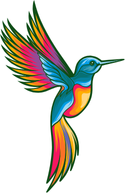
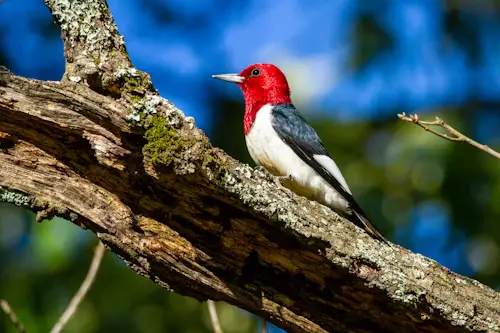

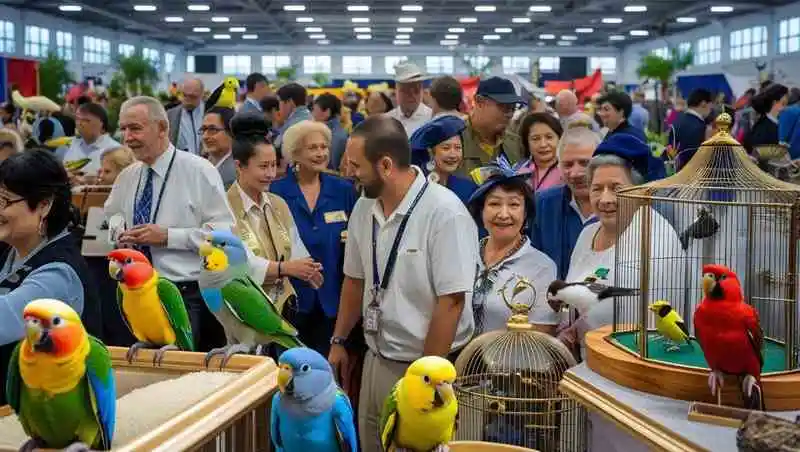

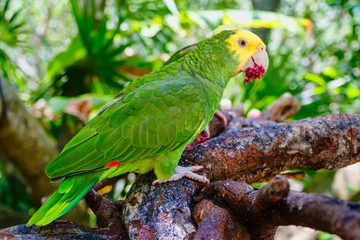

One Comment